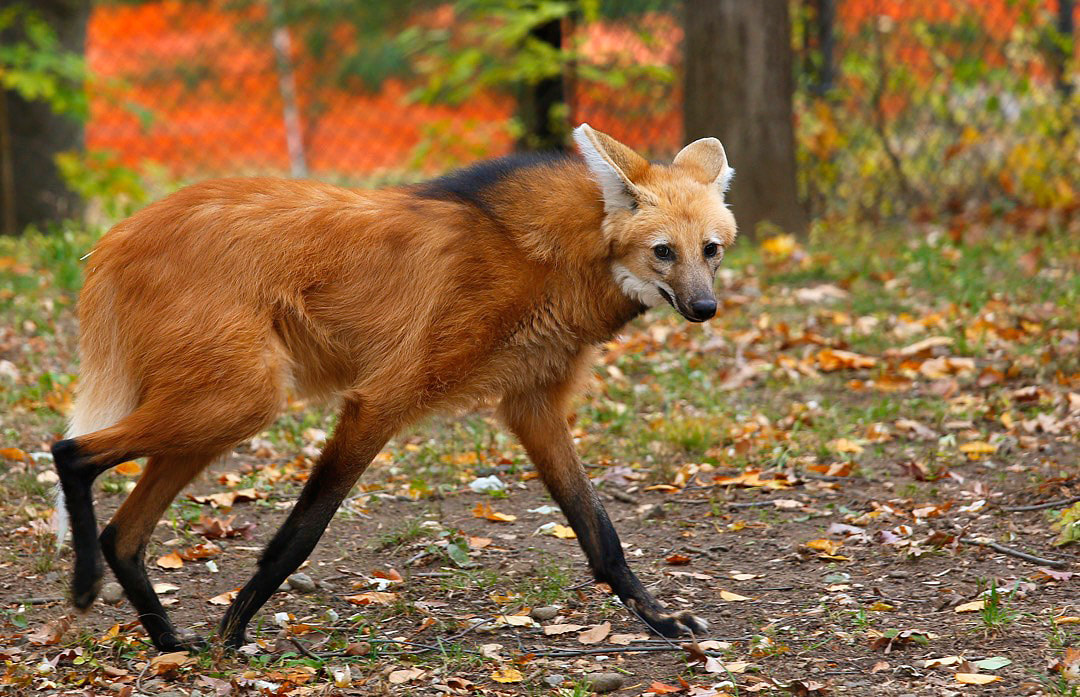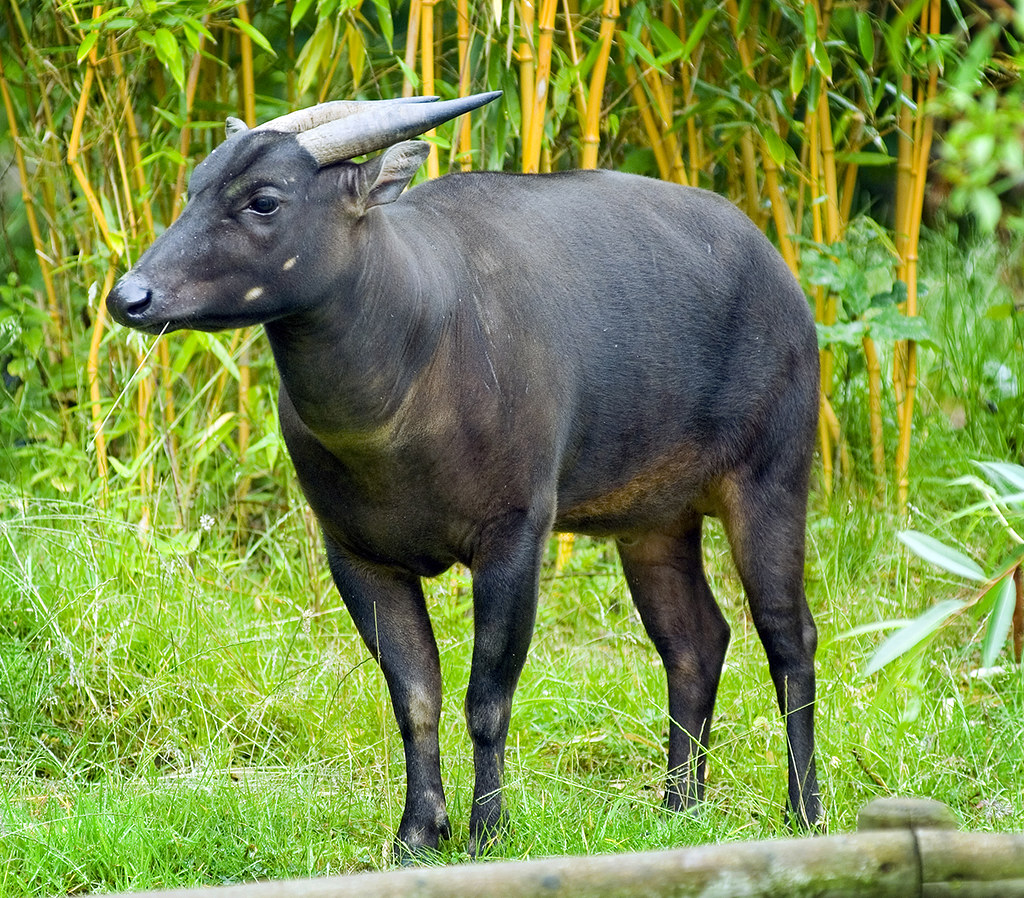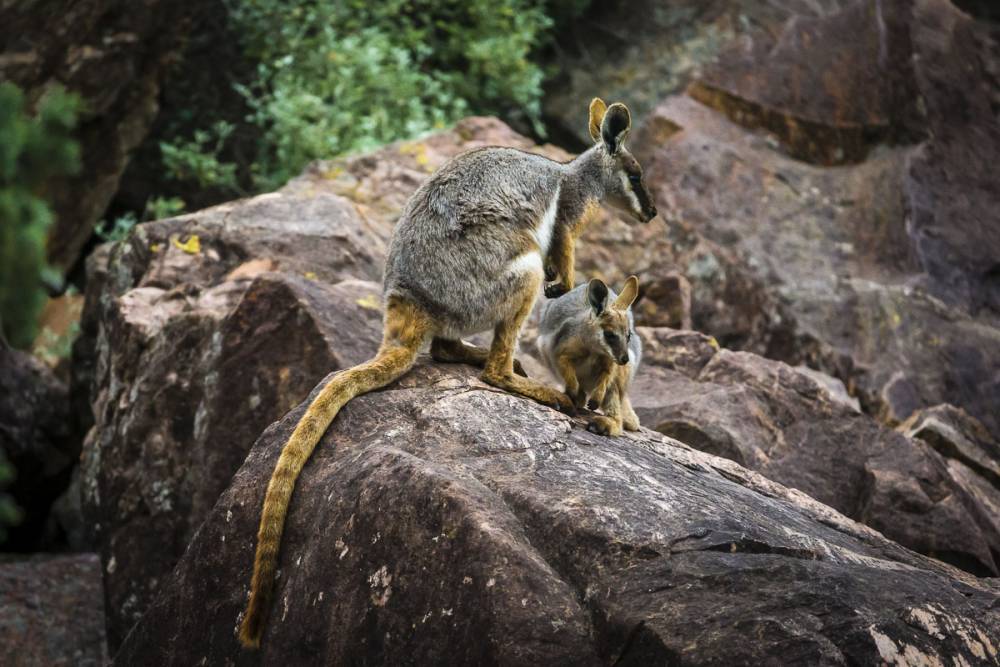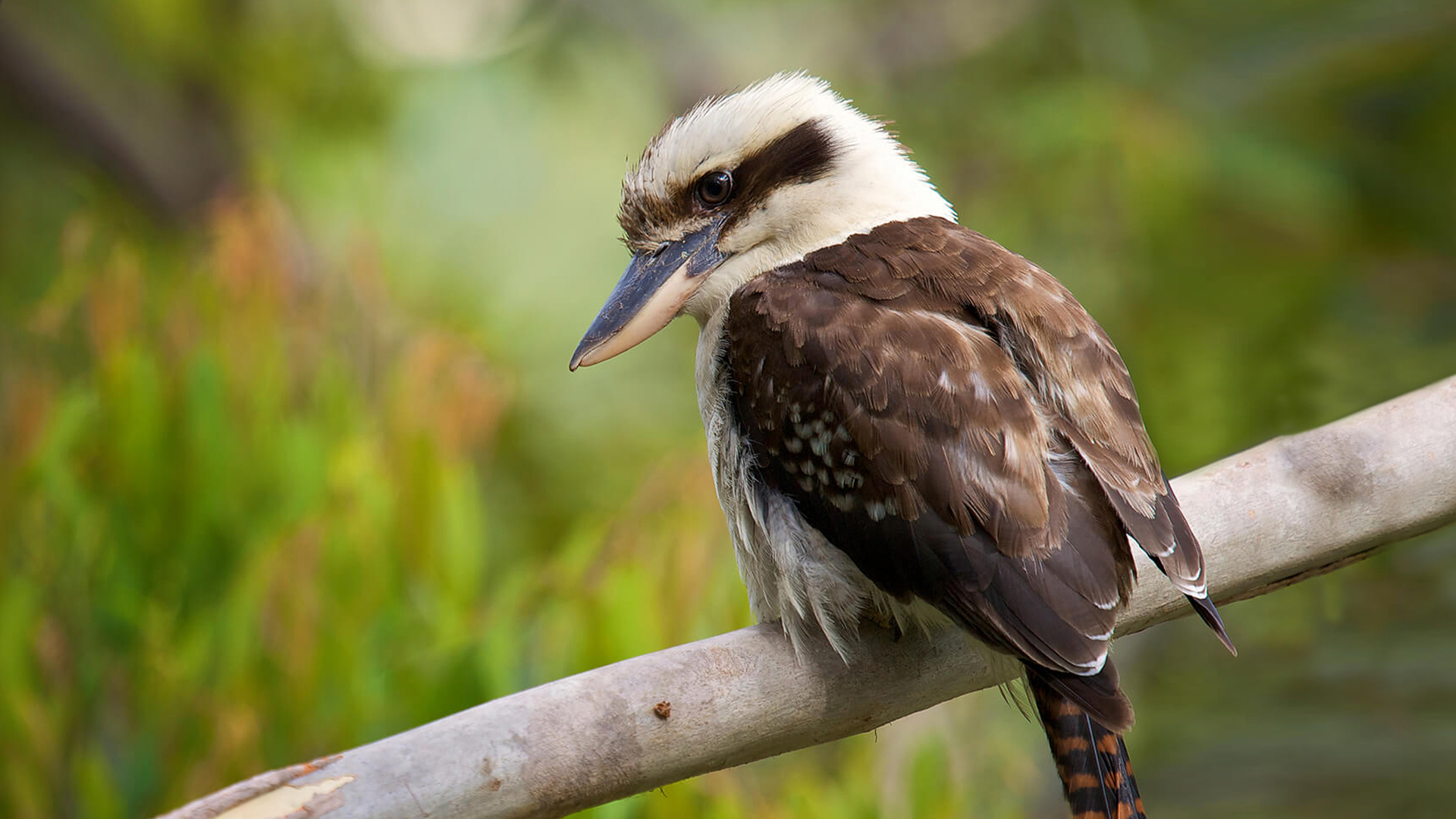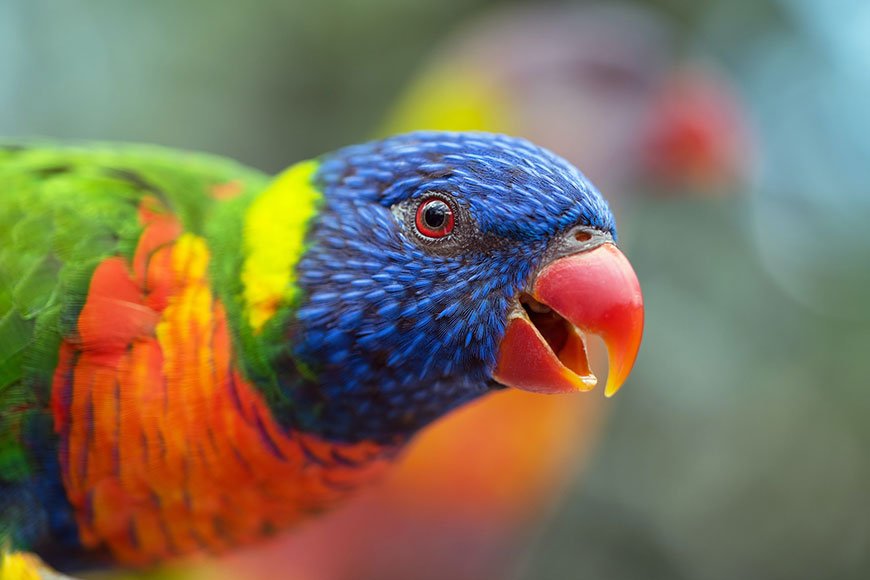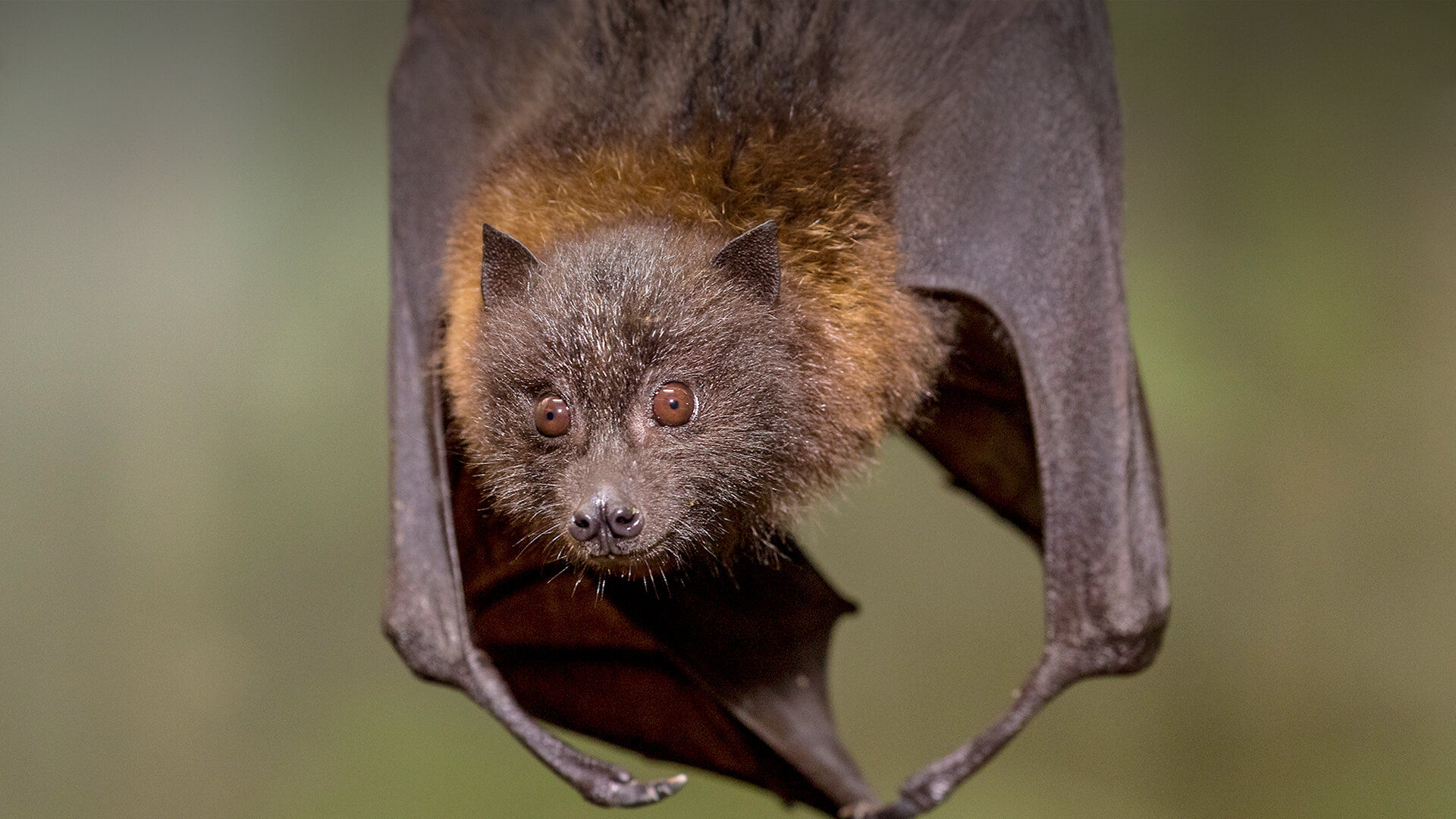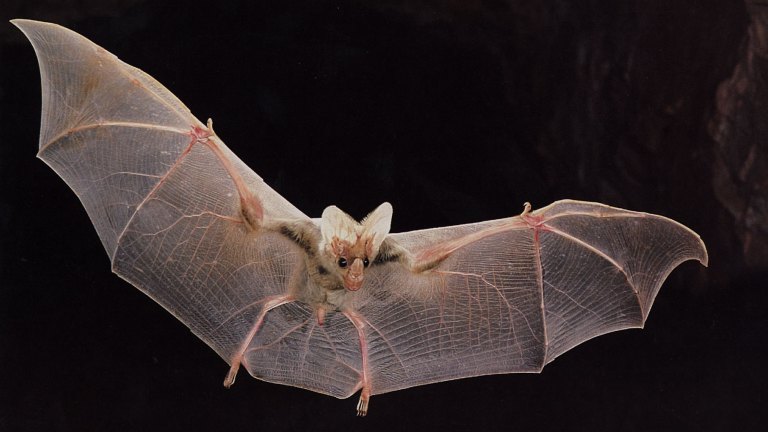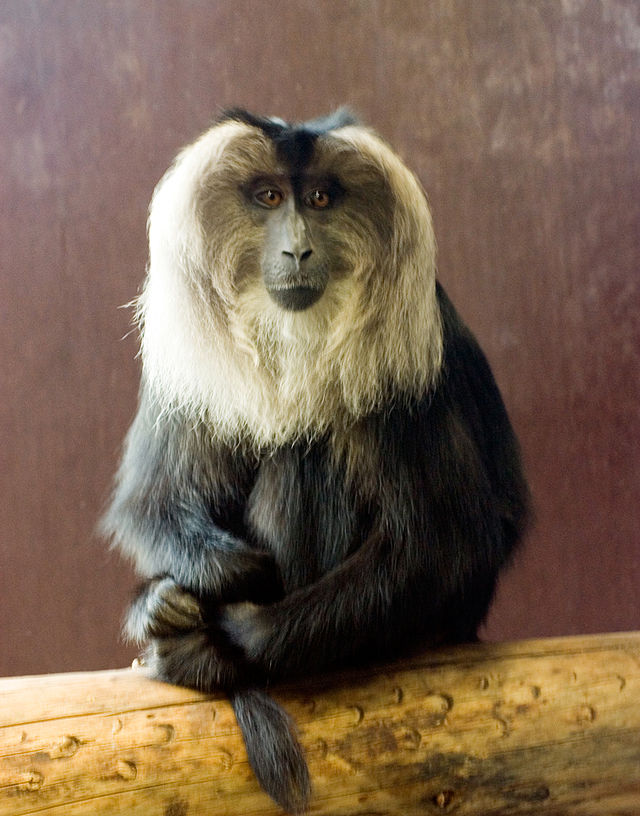My other seven top species, again arranged in alphabetical order:
Pacarana
Morphology: 2 – A rodent quite unlike any we currently have in the game
Biome: 2 – Occurs mostly in high-altitude habitat, unlike any other habitat rodent
Distribution: 2 – Is found in the Andes, again with no in-game habitat rodent
Conservation: 0 – Least Concern
Popularity: 1 – Subject to a viral video, but it was misidentified as a rat
Visual appeal: 2 – Attractively patterned and with a very charismatic and affable personality
Rarity in zoos: 0 – Formerly found in Europe and North America, now only kept in zoos in its native range
Total score – 9 out of 14
Parma wallaby
Morphology: 1/2? – A macropod similar in body form to red kangaroo, but shrunk to a tenth of the size
Biome: 2 – Endemic to temperate biome, unlike any other marsupial (or indeed habitat animal) in-game
Distribution: 0/1? – Shares range with other marsupials like koala and wombat, but not with red kangaroo
Conservation: 0 – Near Threatened
Popularity: 1/2? – Identifiable as a wallaby, although the exact species may be unfamiliar
Visual appeal: 2 – Being the smallest macropod, they are often seen as being very cute
Rarity in zoos: 2 – Common in Europe and Australia, also present in North America
Total score – 8-11 out of 14
Southern ground hornbill
Morphology: 2 – Nothing else quite like a ground hornbill appears in the game
Biome: 0 – Endemic to grassland biome, shared with common ostrich
Distribution: 0 – Occurs in Southern and Eastern Africa, in basically the same range as common ostrich
Conservation: 1 – Vulnerable
Popularity: 1 – A charismatic bird, part of the Kruger’s Bird Big 6, but not immediately obvious
Visual appeal: 2 – The mostly sombre dark plumage is offset by the colourful throat pouch and long eyelashes
Rarity in zoos: 2 – Commonly kept in zoos around the world
Total score – 8 out of 14
Striped hyena
Morphology: 1 - Similar to spotted hyena, but will many differences (the mane, smaller size etc.) that would make it feel less similar
Biome: 1 - Occurs in grassland habitat like the spotted hyena, but has a much broader biome tolerance (desert and temperate definitely, maybe also tropical)
Distribution: 1 - Does overlap partially with spotted hyena, but in many areas (including Asia) it is the only hyena species
Conservation: 0 - Near Threatened
Popularity: 1 - Known to people, but generally speaking they don't have positive feelings towards these animals
Visual appeal: 0/1? - Remember reading that people found the striped hyena at San Diego Zoo attractive until they learned what it was, then it was immediately seen as ugly
Rarity in zoos: 2 - Found in European, North American, Singaporean, African and Asian zoos
Total score - 6/7 out of 14
Transcaspian urial
Morphology: 0/1? – Resembles a Dall sheep, but with much more magnificent horns and a mane in rams
Biome: 1 – Shares taiga with Dall sheep and ibex; also has temperate and desert biome
Distribution: 2 – No other even-toed ungulate is recorded from its range
Conservation: 2 – Critically Endangered
Popularity: 0 – Practically unknown to the general public
Visual appeal: 1 – While it may be seen to many as just a sheep, its magnificent horns elevate it
Rarity in zoos: 1 – Found in Europe, North America and South Africa, but nowhere is it common
Total score – 7-8 out of 14
Venezuelan red howler monkey
Morphology: 2 – Although it is another New World monkey, it is very different in appearance to the capuchin
Biome: 0 – Shares the tropical biome with most of the other in-game monkeys
Distribution: 1 – Tiny overlap with the capuchin but would otherwise be the only South American monkey
Conservation: 0 – Least Concern
Popularity: 2 – In my experience, red howlers are the species commonly shown in wildlife documentaries
Visual appeal: 2 – The more richly-coloured of the two commonly-kept howler monkeys
Rarity in zoos: 1 – Found in Europe and North and South America, but nowhere common
Total score – 8 out of 14
Yellow-throated marten
Morphology: 2 – This looks like no other mustelid, or indeed carnivore, in the game
Biome: 0 – Has tropical, temperate and taiga, overlapping with all three in-game mustelids
Distribution: 1 – Overlaps with Asian small-clawed otter, but has large areas where it is the only mustelid
Conservation: 0 – Least Concern
Popularity: 1 – Recognisable as a marten, but the exact species is probably not so well known
Visual appeal: 2 – Extremely colourful and active
Rarity in zoos: 1 – Quite common in Europe and parts of Asia, but doesn’t have worldwide representation
Total score – 7 out of 14

